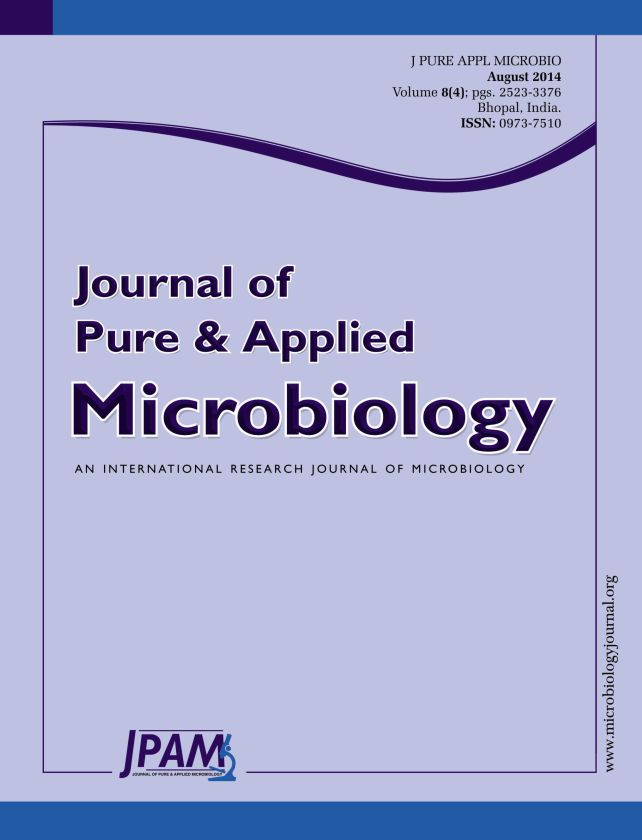Sesame (Sesamum indicum L.) is one of the most important and widely distributed oil seed crop in Egypt and Saudi Arabia. The comprehensive outcome recommended that agar plate method was more conformable than moist blotter method in yielding more seedborne fungal flora of S. indicum. Nearly 38.9% of the investigated seed samples were contaminated with ochratoxin A. Seventy-three fungal species belonging to 12 genera were recorded on 18 seed samples of S. indicum collected from different locations in Egypt (Bani Swief, Ismailia, Sohag) and Saudi Arabia (Jizan, Makkah). The prevalent genera were Aspergillus, Fusarium and Penicillium. Altogether seventeen fungal isolates belonging to Aspergillus, Penicillium genera were able to produce ochratoxin A mycotoxin in vitro. The chromatographic analysis indicated that nine fatty acids namely caproic; palmitic; margaric; stearic; oleic; linoleic; álinolenic; arachidic and eicosatrienoic were common in mycelia of all ochratoxin A producing isolates. For identifying and establishing taxonomic relationship between fungal flora, fatty acid analysis is an important tool. In conclusion, this study detected many ochratoxin A producing fungi associated with sesame seeds in both Egypt and Saudi Arabia. It is also concluded that cellular fatty acid markers are powerful tool for analyzing the diversity of the fungal isolates belonging to similar or different species.
Sesamum indicum, Biodiversity, OTA, Moisture content, Lipid content, Egypt, SA
© The Author(s) 2014. Open Access. This article is distributed under the terms of the Creative Commons Attribution 4.0 International License which permits unrestricted use, sharing, distribution, and reproduction in any medium, provided you give appropriate credit to the original author(s) and the source, provide a link to the Creative Commons license, and indicate if changes were made.


